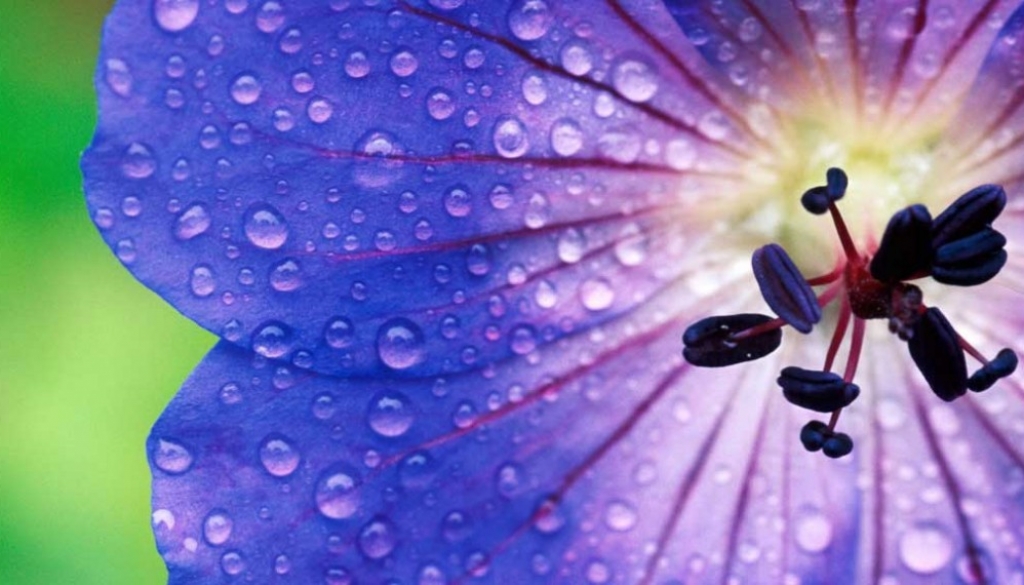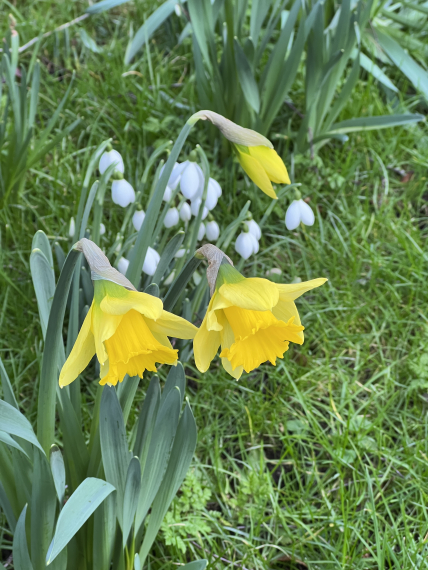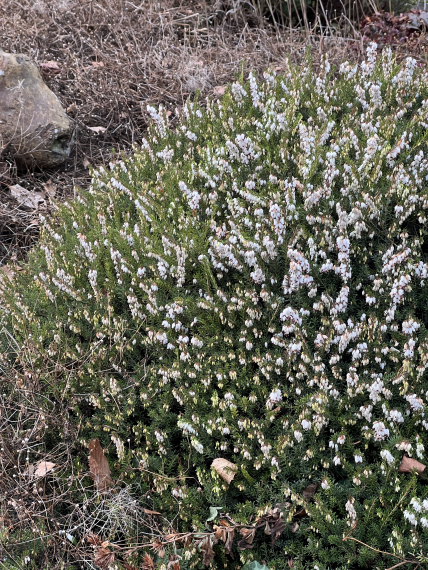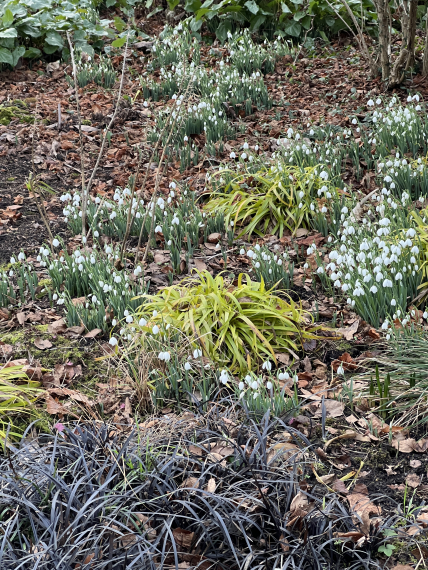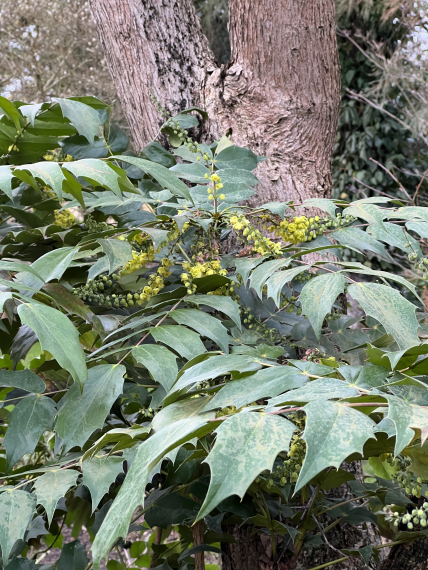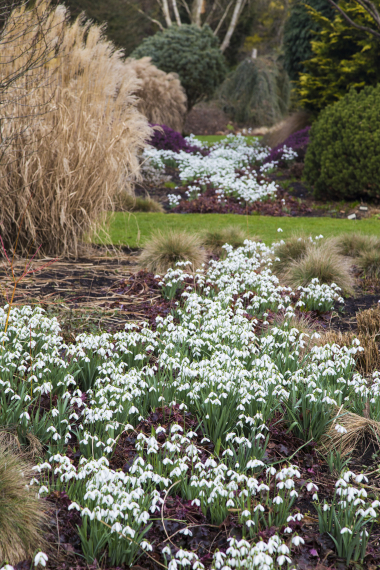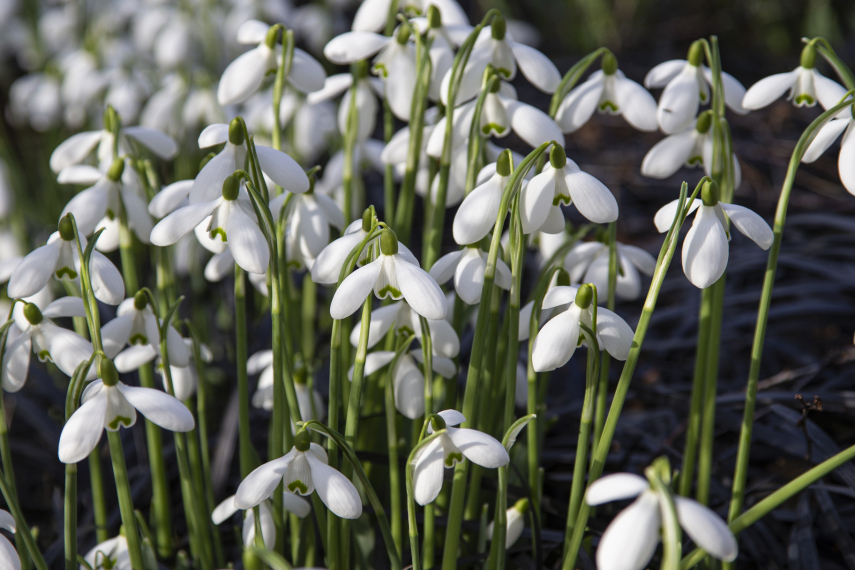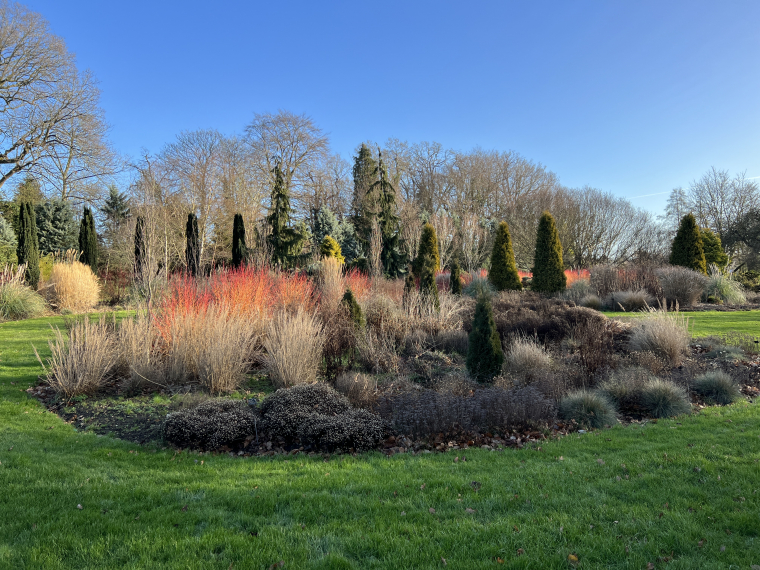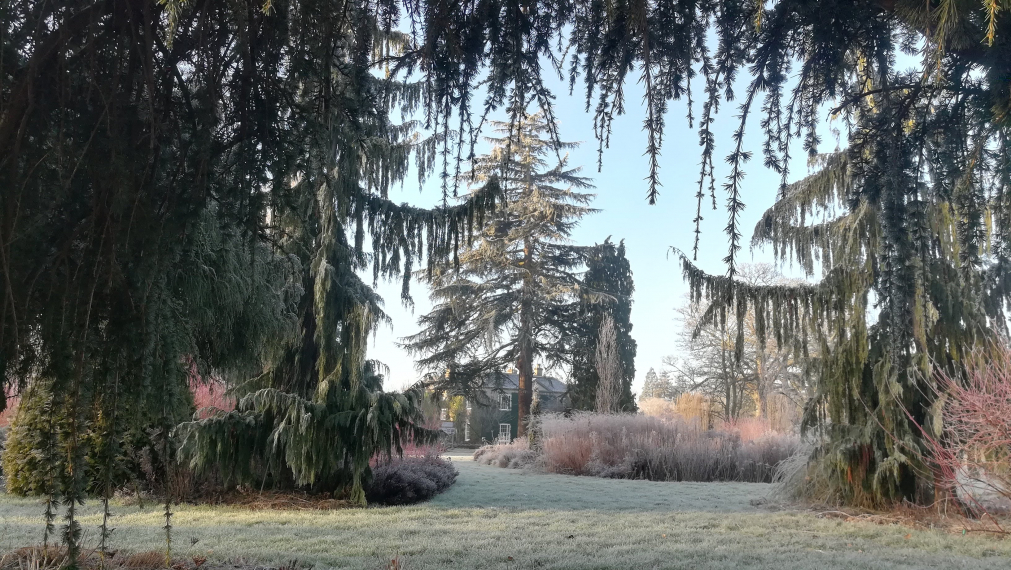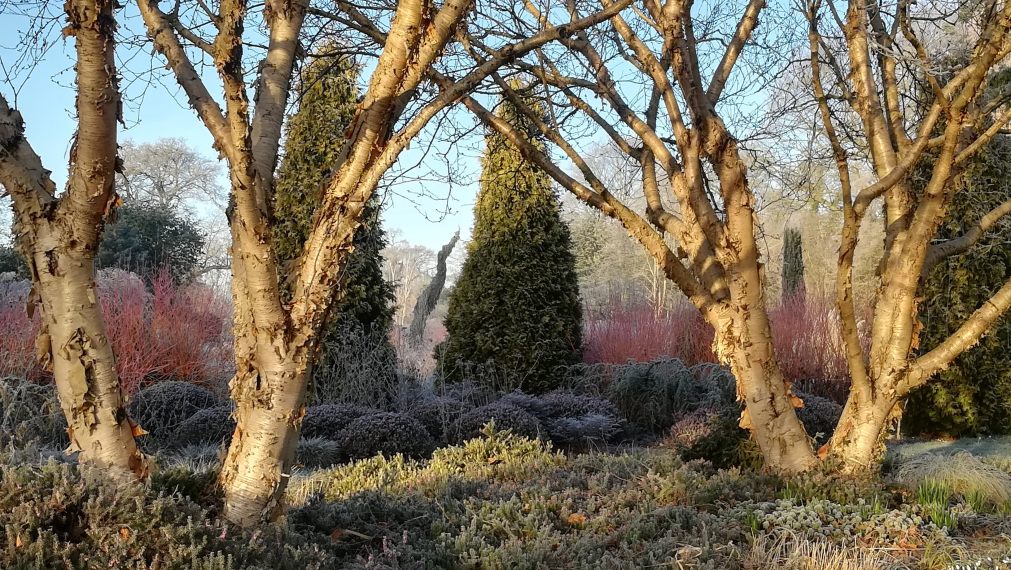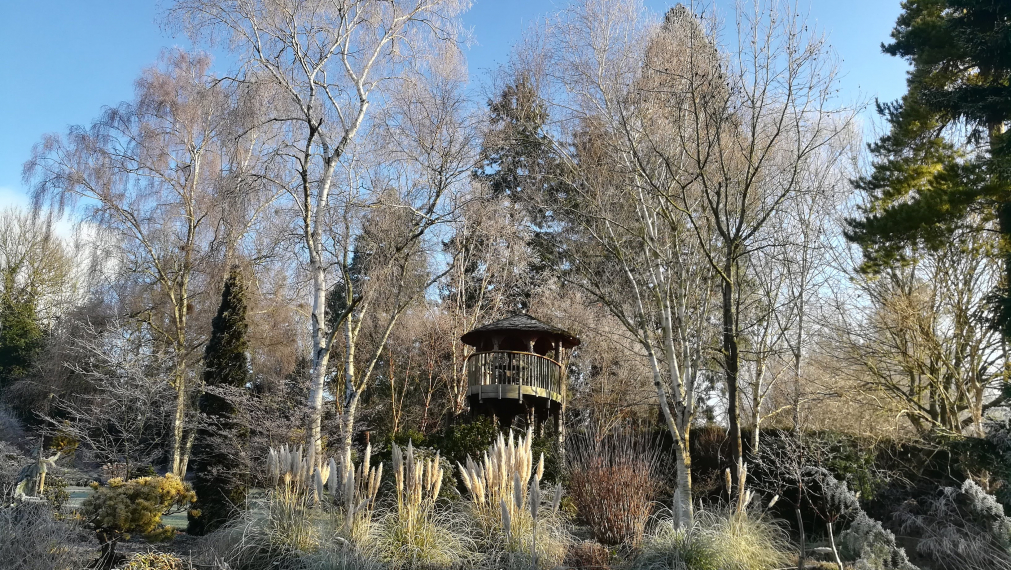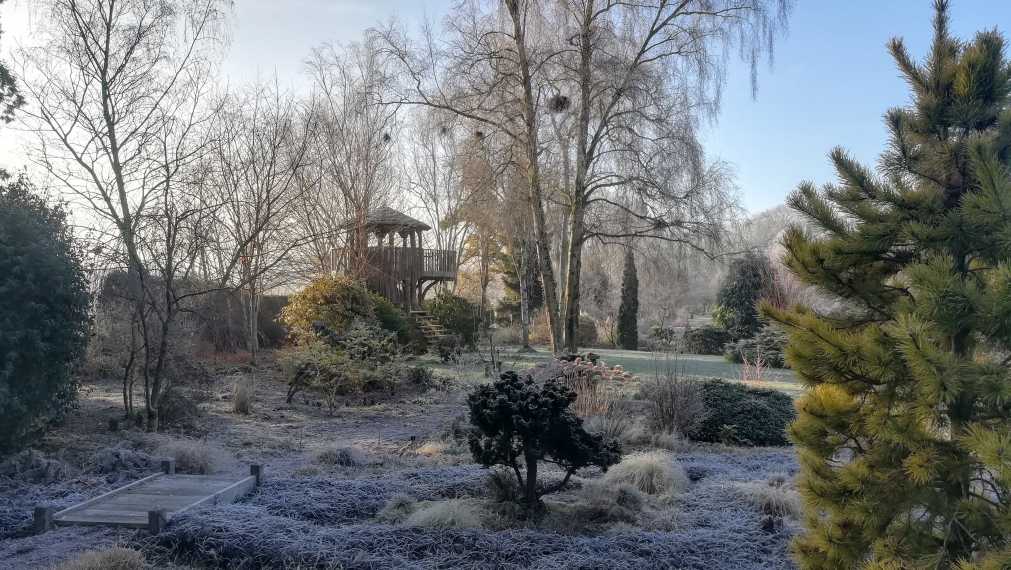Geranium ‘Rozanne’
For impact, versatility and flowering performance, there are few hardy perennials to match the remarkable Geranium ‘Rozanne’ cranesbill.
This remarkable plant was named the RHS Chelsea Flower Show’s Plant of the Centenary in 2013, having been chosen by a panel of leading horticultural experts as one of the show’s top ten and then voted for by the public as their favourite plant.
It arose in 1989 as a seedling in the garden of the late Donald and Rozanne Waterer in the village of Kilve, Somerset, England, the parents being the early-flowering G. himalayense and the later- and freely-flowering G. wallichianum ‘Buxton’s Variety’, both species native to the Himalayas. The Waterers, being keen gardeners, knew this new hybrid was special and contacted me in 1991 to see if Blooms would trial and introduce it. The rest is history, but over the years G. ‘Rozanne’ has exceeded expectations, proving itself hardy, heat-tolerant and extremely long-blooming. In New Zealand’s Auckland Botanic Garden it flowers all year long.
Geranium ‘Rozanne’ has a clumpy but rather scrawny root system and in spring new mid-green lobed and divided leaves soon make a mound of foliage before flowers open in early summer. Flowers are large, 5 cm (2 in.) across and, depending on age and sunlight, blue to violet-blue, each of the 5 petals veined with purple into a white-suffused purple centre. Flowers continue to appear with abundance until autumn frosts, particularly in regions with cooler summers, for although tolerant of heat and drought, flowers will diminish in size and quantity in these conditions, fully recovering for a further burst in autumn.
G. ‘Rozanne’ will make a 90-cm (3-ft.) mound when established, so allowance must be made when planting. Later in summer new growth emerges from the centre and old or untidy foliage can then be tidied up if required; otherwise, cut back all foliage when it has died back in winter.
G. ‘Rozanne’ grows well on a variety of soils in sun or part shade where not too dry. Its long flowering performance allows it to be displayed in patio containers, hanging baskets and even window-boxes. Try it as a ‘river’ or flowering ground cover, perhaps in association with roses. 60–90 cm (2–3 ft.) × 90–120 cm (3–4 ft.) F from early summer to late autumn Z 5–9.
Further Recommendations
For large mound-forming cultivars consider G. ‘Brookside’, whose smaller-leaved foliage has a more airy appearance than G. ‘Rozanne’ and a succession of white-centred, dark violet- blue flowers, freely intermingling with nearby plants throughout summer. Sun or shade, 60–75 cm (2–2½ ft.) × 90–120 cm (3–4 ft.), Z 5–8.
G. ‘Patricia’, raised by Orkney breeder Alan Bremner, is also robust and somewhat brazen, with broadlobed hairy leaves and bright magenta dish-shaped flowers, stained purple in the centre. It is a hot summer colour to use against blue and white flowers or grey or silver foliage, in sun or part shade. 75–90 cm (2½–3 ft.) × 90–120 cm (3–4 ft.), F summer with occasional re-bloom, Z 5–8.
Although slow to establish and needing shade in hotter climates, G. ‘Blue Sunrise’ has golden, red-tinged early growth and later, according to sun exposure, yellow-green to yellow leaves, the yellow holding up well in autumn even in shade, making a pleasing contrast to lavender fading to light blue flowers which continue from early summer to autumn. In hotter climates shade is recommended. Suitable for any soil where not too dry. 60 cm (2 ft.) ×90–120 cm (3–4 ft.) once established, F summer to autumn, Z 6–8.
Finally, despite being brief in flower, the early woodland species, European native G. sylvaticum, the wood cranesbill, and its North American counterpart G. maculatum, the spotted cranesbill, are worth garden space. Both G. s. ‘Mayflower’, with deep lavender- blue, white-centred flowers, and G. s. ‘Album’ are first class. G. sylvaticum seeds particularly freely, and G. maculatum has a slowly spreading semi-woody rootstock, light green leaves and lilac-to-pink flowers. Both species will be happy in sun in colder climates; otherwise shade where not too dry is preferred. Both 60–75 cm (2–2½ ft.) × 45–60 cm (1½–2 ft.), F spring to early summer, Z 4–8.


